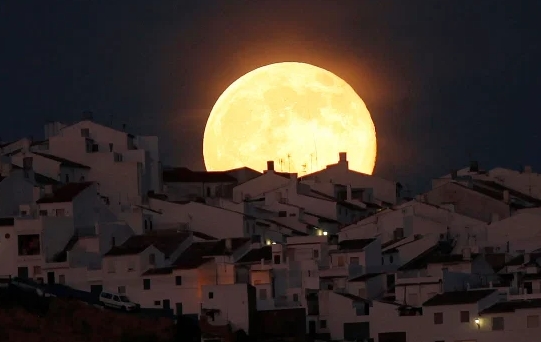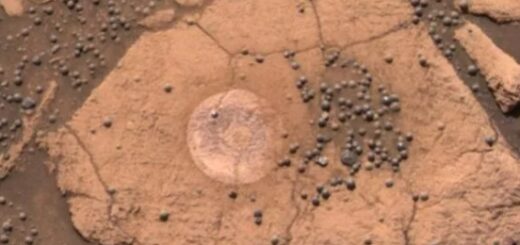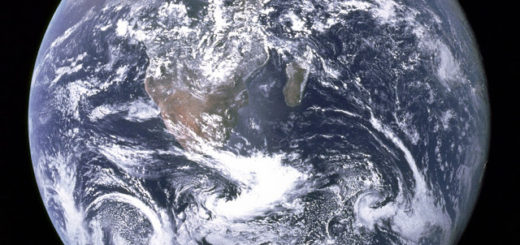LUNAR LOVERS Supermoon 2021 dates – when and how to spot all FOUR this year

FOUR Supermoons will be gracing the night sky in 2021.
There’s plenty of time to note the dates down in your diary so you don’t miss out on the bright displays.
Supermoons occur when a full Moon is at its closest point to Earth.
This means they look very big and bright in the sky and it can be a great time for photographers to capture amazing lunar images.
The first Supermoon of 2021 is set to happen on March 28.
It will called a Super Worm Moon because March’s full Moon is always known as a Worm Moon.
The next will be on April 27 and is called a Super Pink Moon, again due to the time of year and not so much the colour of the Moon itself.
Then on May 26 we can expect a Super Flower Moon.
The last Supermoon of 2021 will occur on June 24 and will be a Super Strawberry Moon.
Full Moons can have lots of different nicknames and they’re often associated with what farmers would refer to the Moon as at a particular time of year.
Moonrise and Moonset are said to be the best times to view a Supermoon.
What is a Supermoon?
Full Moons occur when the Moon is on the opposite side of Earth to the Sun.
This results in the lunar surface being fully illuminated.
A Supermoon happens when a full Moon reaches the perigee, which is the point in the orbit of the Moon when it’s closest to the Earth.
The opposite of the perigee is the apogee and when the Moon reaches this point it will look much smaller than usual.
Supermoons are said to appear 14% bigger and 30% brighter than usual.
It wasn’t until 1979 that Richard Nolle first defined the Supermoon, which is now a widely-used term.
The astrologer explained that the phenomenon is “a new or full Moon which occurs with the Moon at or near (within 90% of) its closest approach to Earth in a given orbit”.
Based on Nolle’s theory, the moon would have to be around 226,000 miles away from the Earth to be considered “super”.
Because of its relatively close proximity to the Earth, the celestial body’s surface appears a lot bigger when a Supermoon occurs.



 Creators of mankind
Creators of mankind Description of “Tall white aliens”
Description of “Tall white aliens” Where they came from?
Where they came from? About hostile civilizations
About hostile civilizations The war for the Earth
The war for the Earth “Tall white aliens” about eternal life
“Tall white aliens” about eternal life Video: “Nordic aliens”
Video: “Nordic aliens” Aliens
Aliens Alien encounters
Alien encounters The aliens base
The aliens base UFO
UFO Technology UFO
Technology UFO Underground civilization
Underground civilization Ancient alien artifacts
Ancient alien artifacts Military and UFO
Military and UFO Mysteries and hypotheses
Mysteries and hypotheses Scientific facts
Scientific facts


















